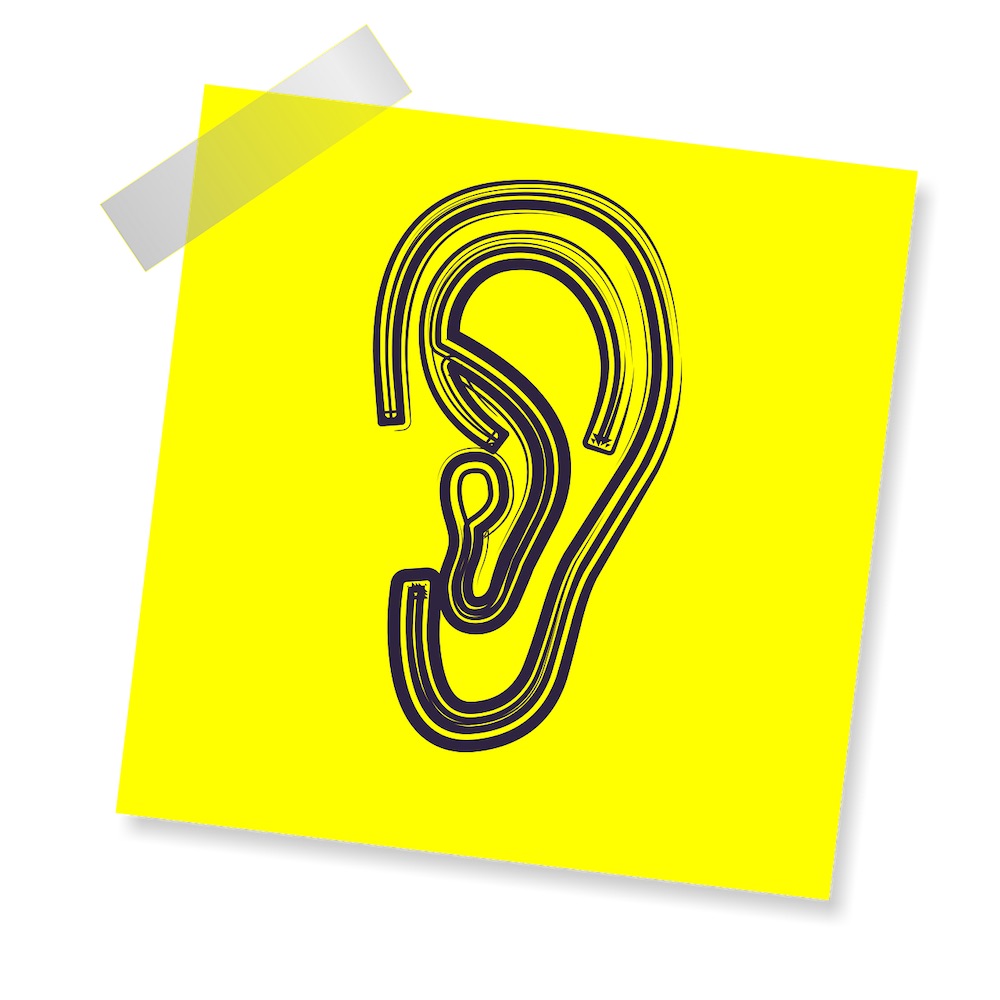
NULL
Braces move your teeth into their ideal positions and are usually recommended for crooked or crowded teeth, overbites, underbites or poor jaw position. Untreated, these problems can cause gum disease or tooth decay and lead to speech impediments, headaches, earaches, sleep apnea or jaw pain.
1. Kids vs. adults
The ideal age for braces is between 10 and 14, but dental and jaw problems, which can be solved by braces, can develop at any age. Your dentist will tell you if you need braces and help coordinate with an orthodontist for a comprehensive treatment plan. Children should be screened about the age of 7 for braces, while adults usually suffer from symptoms, such as grinding or clenching of teeth, difficulty chewing or eating, sleeping problems or mouth or jaw pain.
2. The pain factor
Your mouth will have some adjusting to do and probably feel sore right after the braces are fitted and each time they are tightened. The discomfort is usually brief, however, and if you watch what you eat and how you brush, you'll help prevent cuts and pain.
3. Length of time
Adults have to wear braces longer than kids for the same effect but usually no more than 12 to 24 months for either group. A retainer typically follows the braces to keep teeth aligned until fully settled in.
4. Brush and floss
The tiny spaces between the wires and metal make cleaning your teeth more important than ever when wearing braces. Brush three to five times a day, especially after every meal. Use fluoride toothpaste and a soft-bristled brush. Use a floss threader to be sure to get between braces and under wires. Not properly cleaning might cause staining around the brackets. Brown spots on your newly straightened teeth certainly will be an unpleasant surprise when the wires come off!
5. Cost and types of braces
The average cost of traditional metal braces costs $4,900 without dental insurance and $3,400 with insurance according to CostHelper.com. Ceramic braces, which blend in with your teeth, cost an average of about $4,600 without insurance and $2,600 with insurance.
Lingual braces, the most expensive of the options, are concealed behind your teeth. They cost between $5,000 and $13,000. A specially trained orthodontist must install them. Many dentists don't offer them.
According to Invisalign, the company that makes a brand of behind-the-teeth braces, the average cost of its product is from $3,500 to $8,000. With insurance, the national average is about $5,000.




